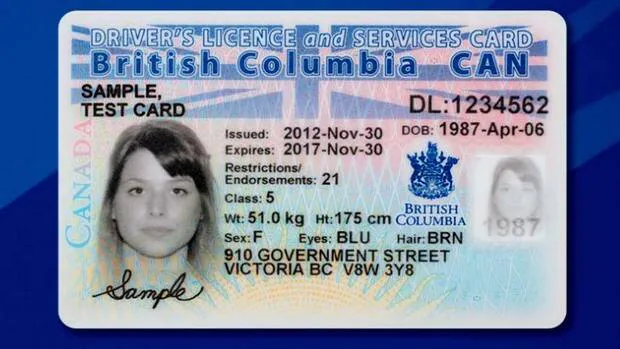Where do they come from, who makes them, and what else is going on with BRITISH COLUMBIA FAKE DRIVERS LICENCE plates? I think we’ve all heard that they make them in prisons but, what’s the real story behind your license plate? This article provides a peak into the world of license plates.
New York has been cited as being the first state to require vehicle plates to be mounted on cars as early as 1901. But, these were not state-issued. The first state-issued license plates for cards were from Massachusetts with the first one being issued to a man named Frederick Tudor in 1903. The first plate was appropriately numbered “1.” That’s where it all began but, license plates are nowhere near finished as personalized plates become more and more popular and the license plate story continues.
Are your tags really made in prisons by inmates toiling for hours with little pay in harsh, loud, dirty prison manufacturing plants? It turns out that for many years now, those sometimes plain, sometime beautiful plates of metal that we love to hate are computer generated by a private company for the DMV’s. The sheer volume of personalized plates and the desired to add a barcode to the plate has contributed to the move away from prison labor.
Believe it or not, many newer tags come with a barcode located right on the front. Why is that UPC-like code emblazoned on the plate? It’s not so that when you go to DMV to buy your plates, they can scan them rapidly to speed-up your shopping experience like at the grocery store. No these little codes have a much more sinister purpose.
Police now have multiple types of devices with which they can use to scan your tags, either to read the characters themselves or to read the new barcodes. The readers are being put in place rapidly across the country by states and localities to help crack down on crime of all kinds.
Some of the information that police can glean from your barcode is very interesting. Basically the barcode is used as a lookup number in the police’s databases. In addition to finding the DMV vehicle ID, its description, and the owner’s name, the code can be cross-referenced with other databases and find any outstanding criminal warrants for the person, and if the vehicle has been reported as stolen. This is all just the beginning as more and more national databases are connected to the system.
This is all done using new laser readers called ALPR scanners either physically mounted on the police car or hidden alongside the road in various secret locations. These devices can either use the UPC code or can read the plate characters themselves depending on the device. Millions, if not billions of tag scans have already been added to the database from around the country. Without judging the technology and its civil liberties consequences, it does seem like it might cut down on stolen vehicles and help police catch criminals.
If you’re like me you have a few (okay a few dozen) license tags lying around the garage that you are planning to make a collage from some day. Believe it or not, there are license plate collectors around the world. They belong to number plate hobby clubs the largest of which is called the Automobile License Plate Collectors Association (ALPCS). Started in 1953, they offer support of all types to would-be collectors and fans alike around the world in all 50 states and 19 foreign countries.
Collectors scour junkyards, write to Department of Motor Vehicle (DMV) offices around the United States and Canada, and even place ads all to feed their habit and find the most interesting and valuable plates. There is even a collector’s magazine called “Regtransfers” that keeps them up to date on all license plate news while providing celebrity interviews, license plate articles, and buying/selling tips. The magazine is available from the NumberPlates website.

